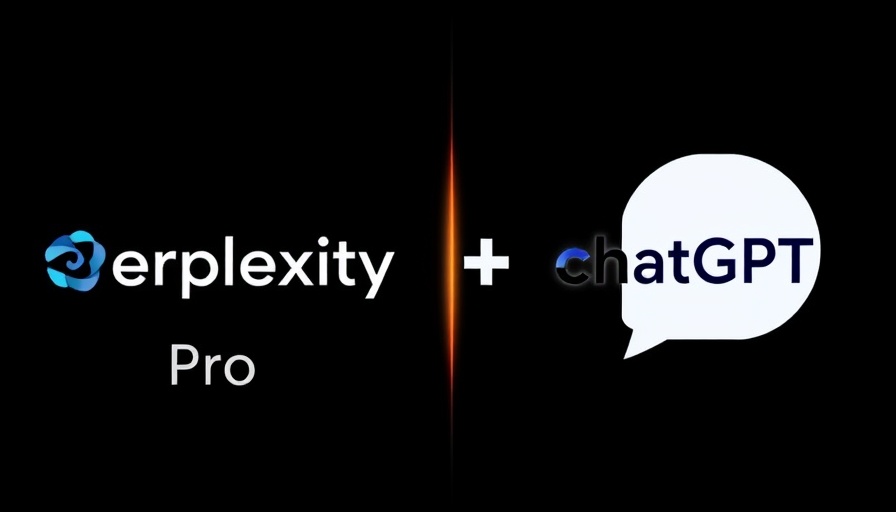
The Power of Demand Prediction for Business Success
In a world where consumer demands are constantly shifting, understanding the best times and places to offer services can make or break a business. Companies like Uber rely heavily on predictive analytics to stay ahead of customer expectations. By accurately predicting demand based on various data inputs, businesses can optimize resources, manage driver allocation, and enhance customer satisfaction. For small and medium-sized enterprises (SMEs) looking to grow, grasping the principles of demand prediction can provide a competitive edge.
What Drives Demand Prediction?
For Uber, success hinges on the ability to maintain a balanced marketplace. By predicting when and where customers will need rides, the company ensures that enough drivers are in the right locations at peak times. This kind of precision not only improves operational efficiency but also enhances customer satisfaction by reducing wait times. SMEs can benefit from implementing similar practices by analyzing their own operational data to adjust offerings accordingly, thus maximizing revenue potential.
Data Sources: The Backbone of ML Predictions
Uber’s sophisticated predictive capabilities stem from the integration of various data sources—including historical ride data, time of day, local events, weather conditions, and even economic indicators. By leveraging these data streams, Uber employs machine learning (ML) techniques to crunch real-time data and derive actionable insights. For smaller businesses, utilizing accessible data sources such as social media trends or customer feedback can uncover demand patterns that guide marketing strategies.
The Role of Machine Learning Techniques
Uber's use of advanced machine learning techniques includes:
- Time Series Analysis: Used to forecast demand based on historical patterns.
- Regression Algorithms: Help determine how various factors impact demand.
- Deep Learning: Involves neural networks that analyze vast amounts of data for nuanced patterns.
- Real-time Data Processing: Enables immediate adjustments to operations as conditions change.
For SMEs, understanding these techniques is crucial; applying simpler models may still yield valuable insights without the need for extensive resources.
Exploring Challenges in Demand Prediction
No model is without its challenges. Uber’s demand prediction efforts face hurdles such as data inaccuracies, sudden shifts in consumer behavior, and external factors like economic downturns or pandemics. Businesses of all sizes must recognize that while predictive analysis can significantly improve decision-making, it is not infallible. Embracing adaptability and continuous learning from both successes and failures will enhance prediction capabilities.
The Real-World Impact of Demand Prediction
Effective demand prediction has tangible impacts on revenue growth and customer satisfaction. Each Uber ride that’s facilitated through accurate demand forecasts translates to higher earnings for drivers and lower wait times for passengers. For small and medium-sized businesses, adopting a similar focus on demand prediction could lead to enhanced customer experiences and a more streamlined operation, fostering long-term loyalty and profitability.
Empowering Your Business Through Predictive Insights
To fully leverage the power of demand prediction, it's essential for businesses to start integrating analytical tools into day-to-day operations. Utilizing platforms that enable data analysis and reporting can lead to more informed decision-making. Additionally, investing in training for employees, or partnering with data analysts can help SMEs better understand their data and how to use it effectively.
Whether you're optimizing your menu for busy dining hours or timing your marketing campaigns for maximum impact, demand prediction offers unparalleled advantages. By taking steps today to incorporate predictive analytics into your strategy, your business can stay ahead of the curve.
In conclusion, Uber illustrates the importance of demand prediction through its success in navigating a competitive market. By understanding the drivers behind demand forecasting and adopting a data-driven approach, small and medium-sized businesses can experience heightened operational efficiency and improved customer satisfaction. The journey to smarter decision-making starts with you.
Ready to harness the power of demand prediction for your business? Begin exploring analytical tools and strategies that can elevate your operations today!
 Add Row
Add Row  Add
Add 




Write A Comment